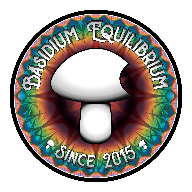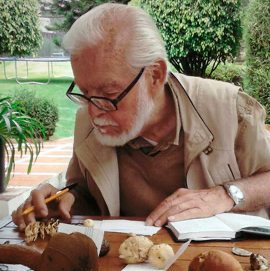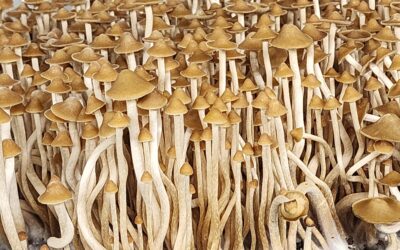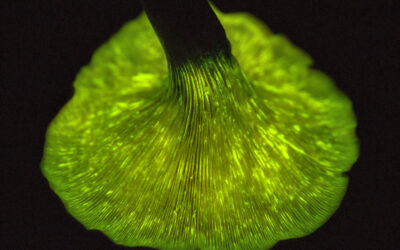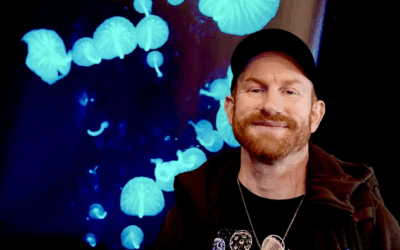Gaston Guzman
Mycologist & Anthropologist
Written by: Basidium Equilibrium
Meet Gaston Guzman, a mycological hero whose seminal works paved the way for future fungi experts and enthusiasts. Born in 1932 in Xalapa, Veracruz, Guzman embarked on his mycological journey during his graduate studies in 1955 by revitalizing the neglected fungal collection at the National Polytechnic Institute. This project ignited his passion for fungi, leading to a professional thesis dedicated to mycological research.
In 1957, Guzman’s career took a significant turn when he joined Rolf Singer at the University of Mexico to study the hallucinogenic mushrooms of the Psilocybe genus. This collaboration was notably enriched by a chance meeting with R. Gordon Wasson during their fieldwork in Huautla de Jiménez, described by Guzman as “fruitful.”
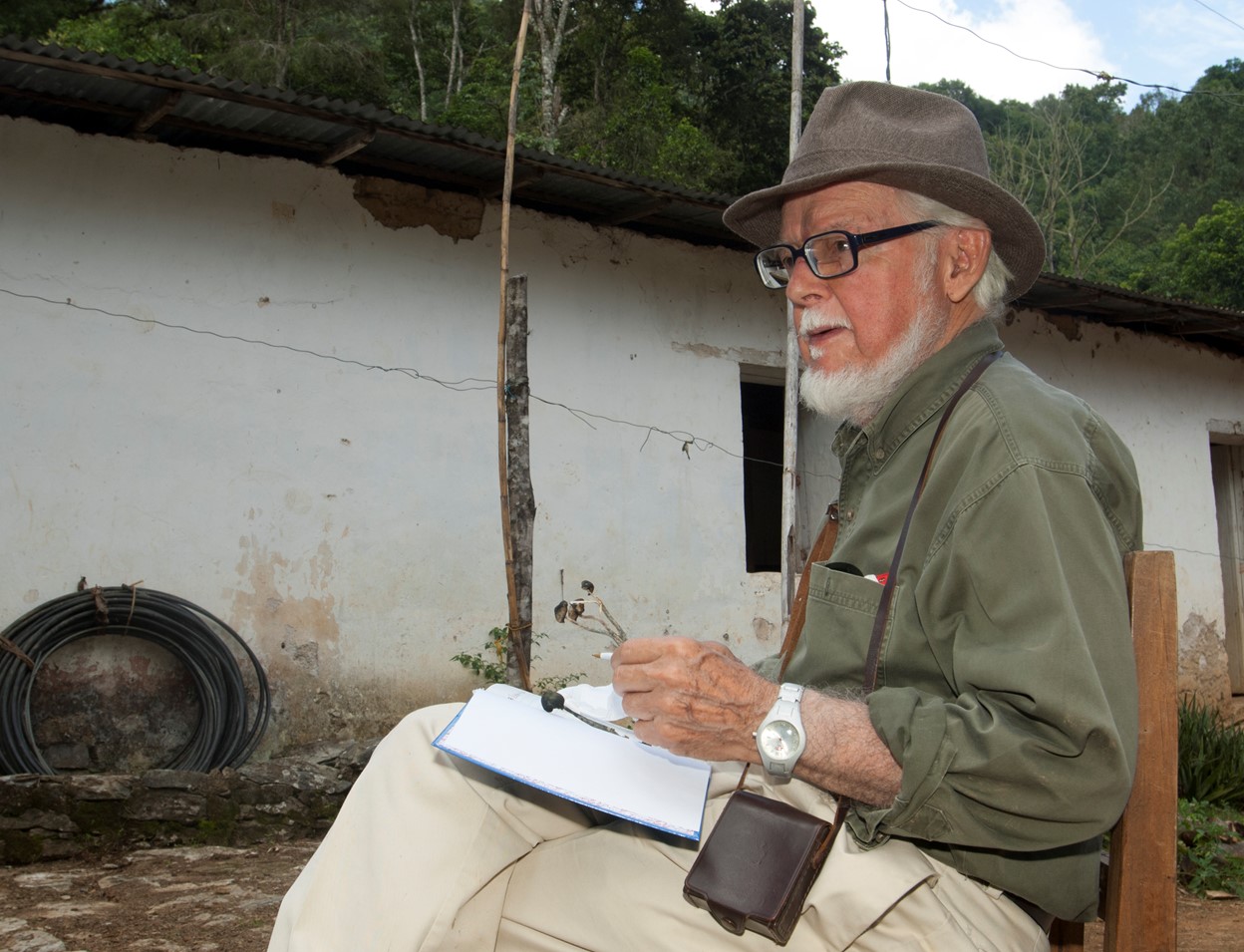
Guzman’s academic contributions began with his first paper in 1958 on a blue-staining Psilocybe species and expanded with his pioneering study on the ecology of neurotropic fungi. His expertise was recognized in 1971 when he received a grant from the Guggenheim Foundation, recommended by Richard Evans Schultes. This support led to his seminal work, the comprehensive 1983 monograph The Genus Psilocybe: A Systematic Revision of the Known Species, which details the history, distribution, and chemistry of the hallucinogenic species.
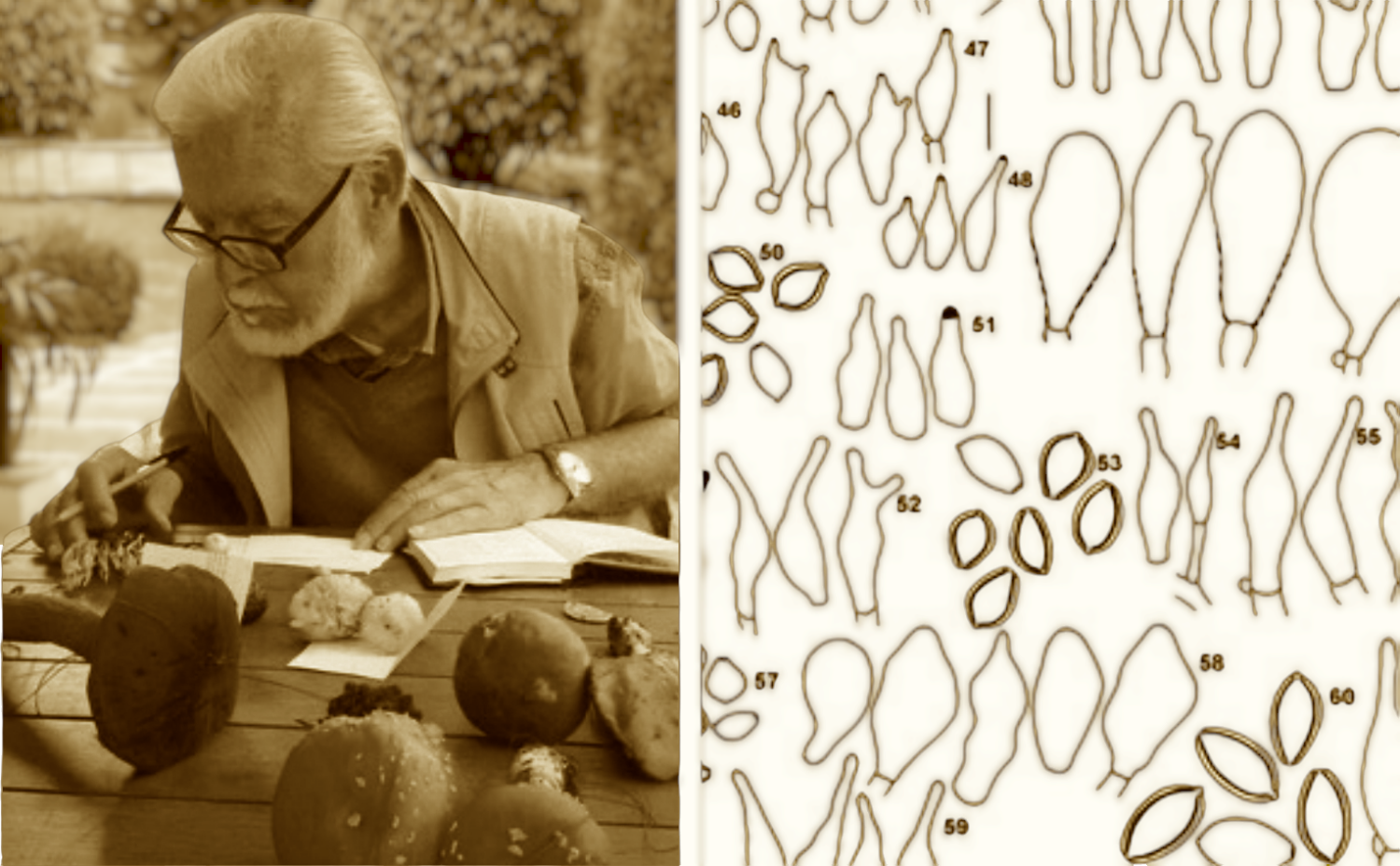
Throughout his career, Guzman authored eight books and over 350 papers, greatly enhancing the scientific community’s understanding of Mexican mushrooms. He described more than 200 new taxa of fungi worldwide, with over half of the known psilocybin mushroom species first described by him and his team.
Beyond his research, Guzman played a crucial role in mycological societies. He co-founded and served as the first president of the Mexican Mycological Society in 1965 and was president of the Latin American Mycological Association from 2000 to 2002, which he established in 1990 in Havana, Cuba.
Gaston Guzman’s significant contribution to mycology includes founding the Mycological Herbarium at the National School of Biological Sciences (ENCB) in Mexico City in 1955, which now houses over 100,000 specimens and is the largest fungal collection in Mexico. His daughter, Laura Guzmán Dávalos, born in 1961 and a prominent mycologist, biologist, and lichenologist, has carried on her father’s pioneering work in fungal research.
Guzman’s scholarly achievements were recognized in 1971 when he was awarded a Guggenheim Memorial Foundation Fellowship. This grant supported his pivotal work on the Psilocybe genus, leading to the publication of The Genus Psilocybe: A Systematic Revision of the Known Species in 1983. This comprehensive monograph, detailing the history, distribution, and chemistry of hallucinogenic species, remained a focus throughout his career. He continually updated and expanded this reference, even adding new species, up until his death from pneumonia in 2016.
For the dedicated mycophile and mushroom forager still delving into the rich field of mycology, Gaston Guzman remains an enduring figure in the annals of mushroom research. His extensive work continues to inspire new generations to uncover the intricate and captivating world of fungi. In recognition of his contributions, we offer a humble salute to Gaston Guzman.
